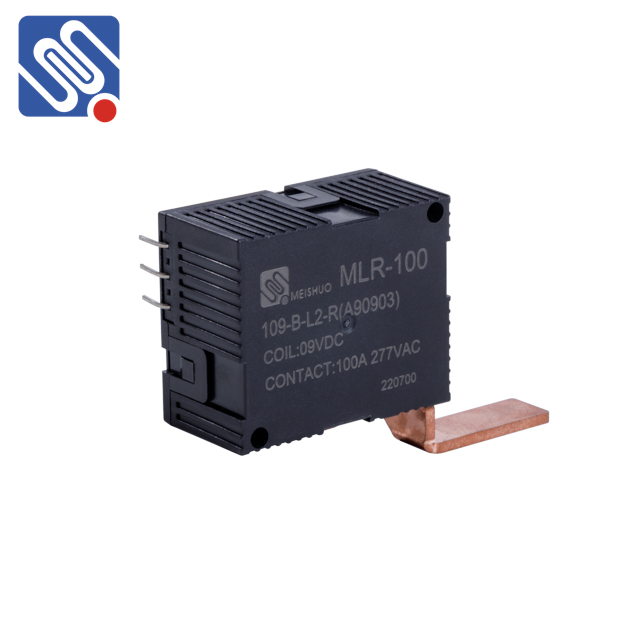understanding relay parameters: key elements for efficient relay systems
Release time:2025-04-29 14:34:18
Relay systems are critical components in electrical and telecommunications systems, responsible for switching operations, protecting circuits, and maintaining system stability. Whether in industrial control, power distribution, or network infrastructure, relay systems rely on specific parameters to function correctly and reliably. These parameters define the operational limits, behavior, and efficiency of relays in a system, ensuring that they meet performance requirements and provide optimal protection.

What are Relay Parameters?
Relay parameters refer to the characteristics and settings of a relay that determine how it responds to inputs and influences the overall system’s operation. These parameters can be categorized into two major types: physical and functional. Physical parameters refer to the hardware specifications of the relay, such as voltage ratings, while functional parameters define how the relay reacts in different scenarios, such as when it detects an overcurrent condition or when its contacts open or close.
Key Relay Parameters
Nominal Voltage (Coil Voltage)
The nominal voltage, also known as the coil voltage, is the voltage required to energize the relay's coil. This voltage determines whether the relay will activate or stay in its default position. Relays are typically rated for specific nominal voltages, and it's important to match the relay's nominal voltage to the supply voltage for efficient operation. Mismatched voltages can lead to improper relay operation, overheating, or even failure.


